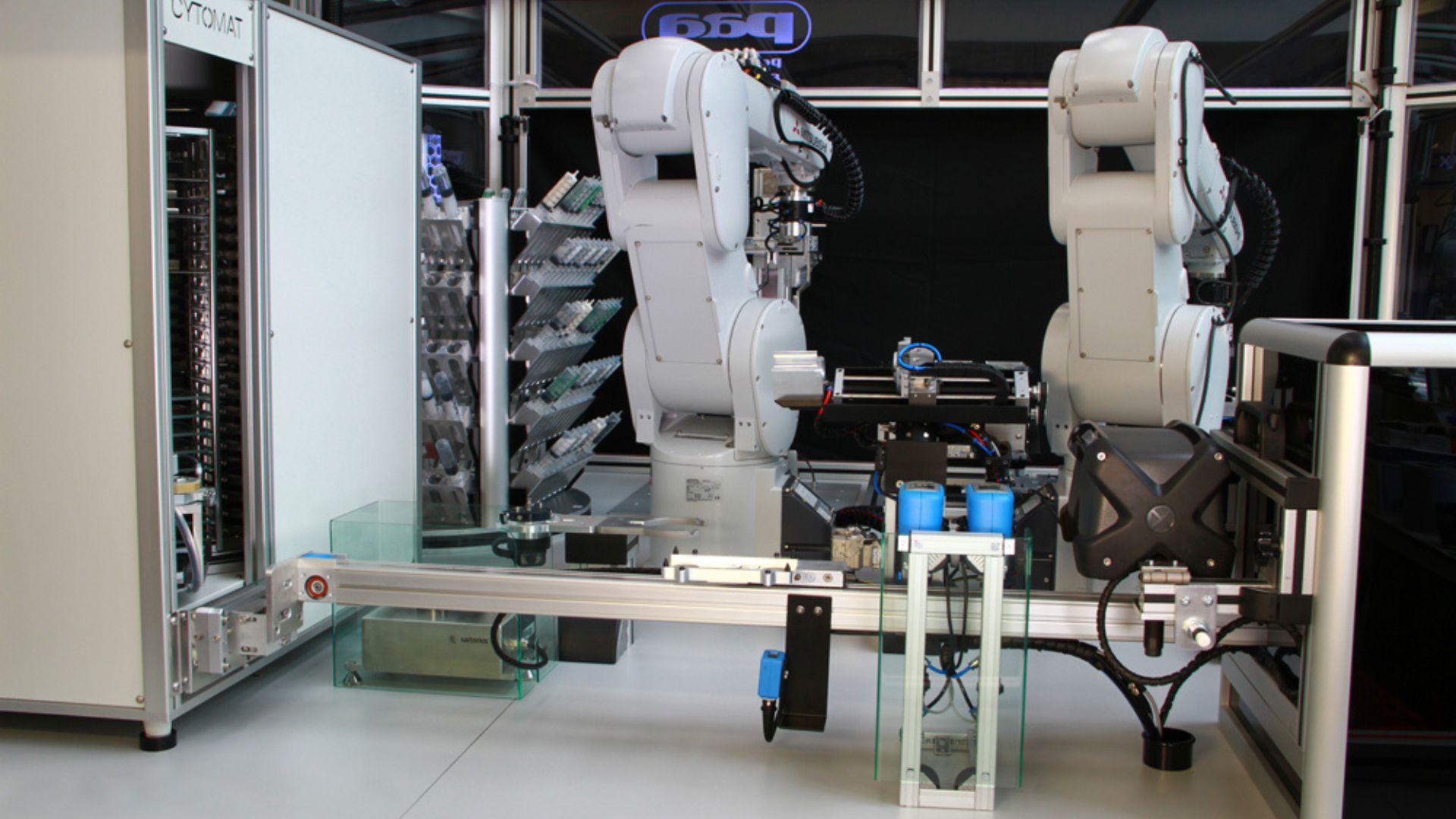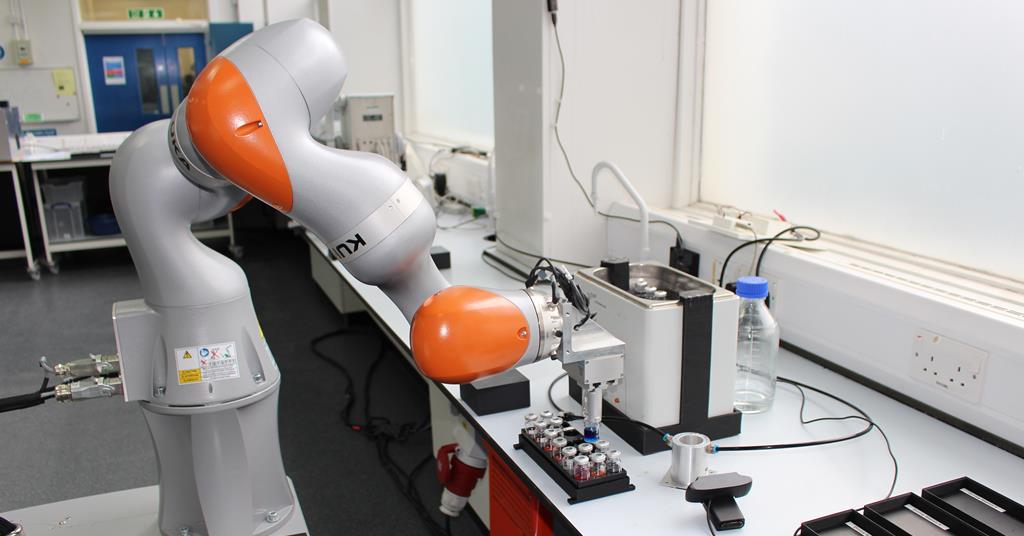Automating chemical analysis procedures is crucial for increasing efficiency, improving accuracy, and reducing human error in laboratories. By leveraging advanced technologies, you can streamline your workflows and achieve more consistent results. Here’s a comprehensive guide on automating chemical analysis procedures, with practical tips and methods to help you get started.
Benefits of Automating Chemical Analysis Procedures
Automating chemical analysis procedures offers several advantages, including enhanced precision, reduced labor costs, and increased throughput. Automation minimizes manual handling, which helps to reduce errors and ensures that analyses are conducted under consistent conditions.

Automating Chemical Analysis Procedures
1. Implement Robotic Liquid Handlers
Robotic liquid handlers are essential tools for automating repetitive liquid handling tasks. These devices can dispense, mix, and transfer liquids with high precision. By using robotic liquid handlers, you can improve the accuracy of your sample preparation and reduce the time required for these tasks.
2. Utilize Automated Sample Analyzers
Automated sample analyzers can perform complex analyses without manual intervention. These systems are designed to handle multiple samples simultaneously, providing rapid and reliable results. Automated analyzers are commonly used in fields such as clinical diagnostics, environmental testing, and chemical manufacturing.
3. Adopt Lab-on-a-Chip Technology
Lab-on-a-chip (LOC) technology integrates multiple laboratory functions onto a single microchip. LOC devices can automate chemical reactions, separations, and detections, enabling high-throughput analyses with minimal sample volumes. This technology is particularly useful for applications requiring rapid and precise measurements.
4. Use Automated Titration Systems
Automated titration systems simplify the process of determining the concentration of analytes in a solution. These systems automatically add titrants, monitor reaction progress, and calculate results. By using automated titration systems, you can achieve consistent and accurate titration results with minimal manual effort.
5. Incorporate Software for Data Management
Automating data management through specialized software can enhance the efficiency of your chemical analysis procedures. Data management software can integrate with your analytical instruments to collect, store, and analyze data. This helps to streamline reporting, improve data accuracy, and facilitate better decision-making.
6. Implement Continuous Flow Analysis
Continuous flow analysis (CFA) systems automate the analysis of chemical processes by continuously feeding samples into the analytical instruments. CFA systems are useful for monitoring reactions in real-time and providing immediate feedback. This method improves the accuracy of process control and ensures consistent product quality.
7. Utilize Automated Calibration Systems
Automated calibration systems ensure that your analytical instruments remain accurate over time. These systems perform regular calibration and maintenance tasks, reducing the need for manual intervention. Automated calibration helps to maintain instrument performance and extend its operational lifespan.
8. Deploy Automated Solid-Phase Extraction
Automated solid-phase extraction (SPE) systems facilitate the extraction of analytes from complex matrices. These systems automate the extraction process, reducing the need for manual sample handling and improving reproducibility. Automated SPE is especially useful for environmental and pharmaceutical analyses.
9. Apply Machine Learning Algorithms
Machine learning algorithms can enhance the automation of chemical analysis by predicting outcomes and optimizing processes. These algorithms analyze large datasets to identify patterns and trends, which can help to refine analytical methods and improve accuracy.
10. Integrate Automated Mixing Systems
Automated mixing systems ensure consistent and precise mixing of chemical solutions. These systems can handle various mixing tasks, such as dilution and reaction preparation, with high reproducibility. Automated mixing is beneficial for applications requiring uniform solution concentrations.
11. Use Automated Optical Sensors
Automated optical sensors are employed to detect and measure chemical properties, such as absorbance and fluorescence. These sensors can be integrated into automated analysis systems to provide real-time measurements and enhance the accuracy of chemical analyses.
12. Implement Robotic Sample Handling
Robotic systems for sample handling automate the processes of sorting, transferring, and storing samples. By using robotic sample handling, you can reduce the risk of contamination and improve the efficiency of sample processing.
13. Employ Automated Quality Control Systems
Automated quality control systems monitor the quality of analytical results and ensure they meet predefined standards. These systems can automatically perform checks, validate results, and generate reports, helping to maintain high-quality standards in your analyses.
14. Utilize Automated Reaction Monitoring
Automated reaction monitoring systems track chemical reactions in real-time, providing data on reaction progress and product formation. These systems can adjust reaction conditions based on the monitoring data, improving process control and efficiency.
15. Integrate with Laboratory Information Management Systems (LIMS)
Integrating automated chemical analysis systems with Laboratory Information Management Systems (LIMS) enhances data management and workflow automation. LIMS can streamline sample tracking, data entry, and reporting, providing a centralized platform for managing your chemical analyses.
Conclusion
Automating chemical analysis procedures can significantly improve efficiency, accuracy, and consistency in your laboratory operations. By implementing these methods, you can streamline workflows, reduce human error, and achieve more reliable results. Embrace automation to enhance your chemical analysis processes and stay competitive in the ever-evolving field of science and technology.



